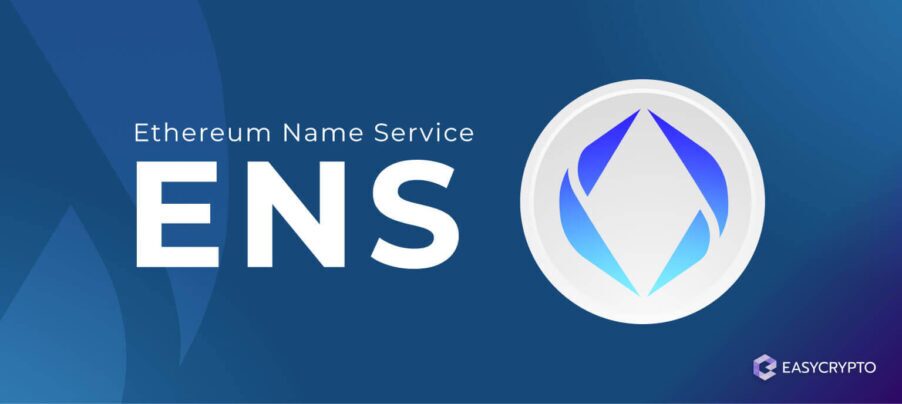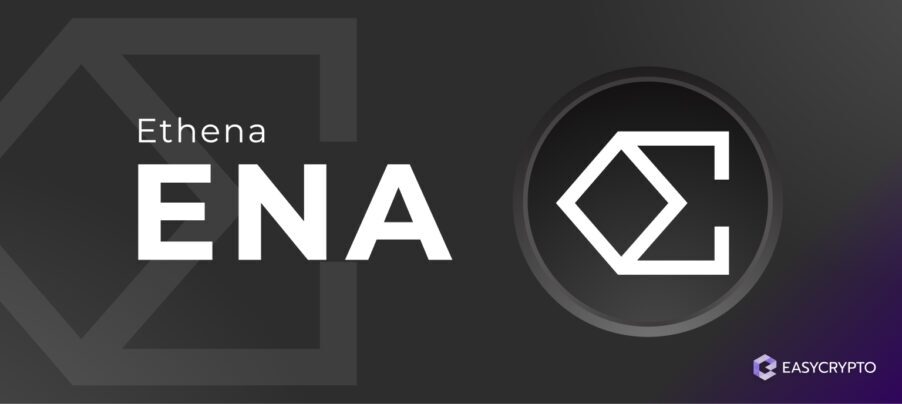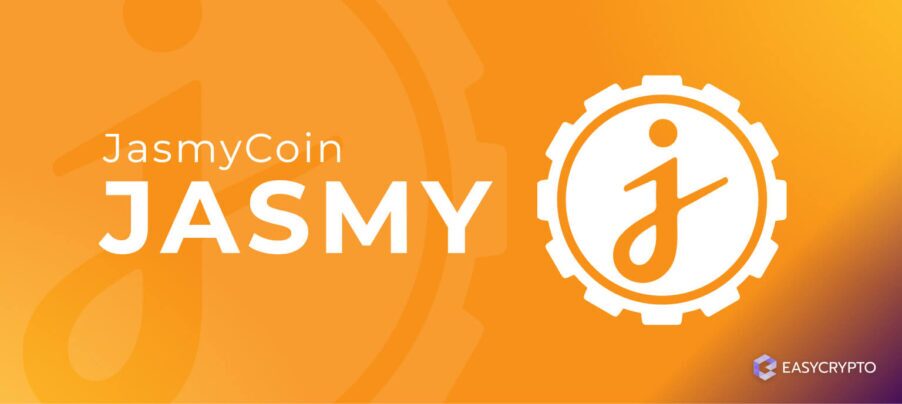What is Terra (LUNA)? The Stability Cryptocurrency Explained
Take a closer look and learn all about the Terra (LUNA) stablecoin, what it is, how it works, and its utility.
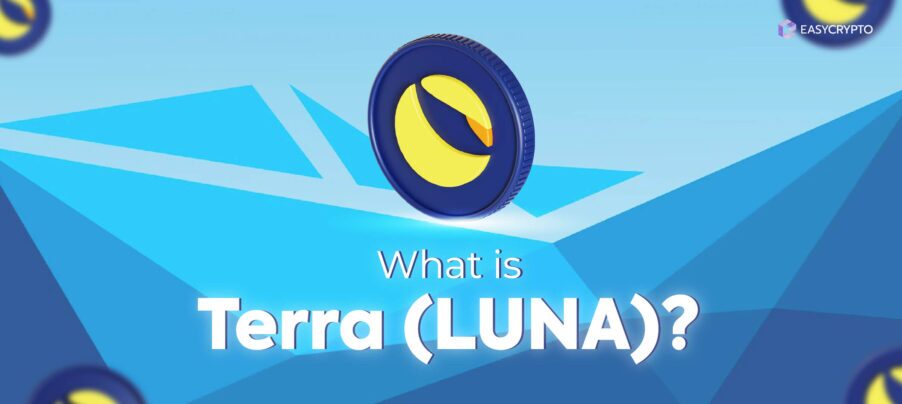

Update: As of Q2 of 2022 the Terra (LUNA) ecosystem has collapsed.
What is Terra (LUNA)?
Terra (LUNA) is a cryptocurrency that helps balance and stabilise the price of several privately issued stablecoins. Be sure to note that LUNA is not a stablecoin, but it is a crucial component for stabilising many of the stablecoins that were issued by Terraform Labs, a South Korean digital payments company.
It’s difficult to talk about Terra’s native cryptocurrency without talking about it within the context of stablecoins. If you are curious about how Terra (LUNA) works in its ecosystem, read until the end of this article.
Stable what? Read our guide on stablecoins to get you up to speed.
How does Terra (LUNA) work?
LUNA works just like any other cryptocurrencies. It is issued on the Terra blockchain, where a set of validators work together to validate and confirm transactions in a decentralised way. Because LUNA is the network’s native cryptocurrency, it is used by holders to delegate or vouch for a validator.
If the validator is chosen to become the next block producer, the validator and the delegators will earn computational fees and stability fees, which comes with every LUNA transaction. Some holders can also earn Seigniorage rewards if they become truthful participants of the Exchange Rate Oracle.
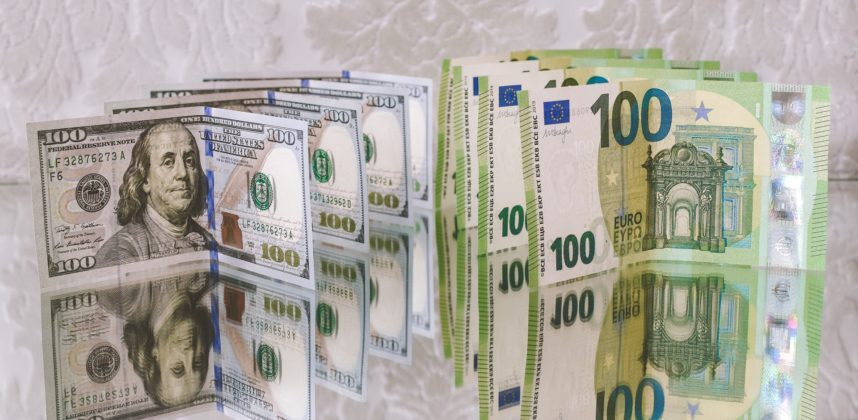
Now, you may be impressed by all these different crypto jargons. Conversely, you might be critical and wonder, “What’s so special about Terra if it acts like other cryptocurrencies?”
Well, the above explanation is where the commonality between LUNA and other coins end. What makes Terra special is that it is designed to be more than a cryptographic medium of exchange.
In fact, it’s not meant to be a medium of exchange in the first place, because Terraform Labs has already created this type of asset called stablecoins.
What are oracles? Here’s a guide to Chainlink (LINK), a network of oracles.
How does LUNA help stabilise stablecoins?
Terraform Labs have issued several stablecoins, each pegged to the Korean wan (KRT), Mongolian tugrik (MNT), US dollars (UST), and Euro (EUT).
That’s not all, because Terra also issued a stablecoin pegged to the International Monetary Fund’s very own SDR currency, which stands for Special Drawing Rights. At the time of writing, 1 TerraSDR (SDT) currently has an exchange rate of US$1.416.
With all five variations of stablecoins, surely Terraform Labs has a massive cash reserve to back up these stablecoins, right?
The answer is no. What backs these stablecoins are two powerful forces in the network — the Terra algorithm and economic incentive.
LUNA can be swapped for stablecoins, and vice versa
LUNA carries value in several currencies. Its price was set at US$0.8 when it was first released to the public by the Initial Coin Offering (ICO) process. Its price is allowed to float like other cryptocurrencies, and a group of Oracles (data feeders) report the price of LUNA against the USD, as well as the price of USD against other relevant currencies.
This exchange data is incredibly important and will determine how much UST or other stablecoins will be minted for each unit of LUNA.
When LUNA is swapped to one of the five stablecoins, a portion of it is burned, while the rest is deposited into the Treasury, where LUNA will be reinvested for further development of the network and its ecosystem.
Increasing the supply of stablecoins will result in the decrease in value of the stablecoins. This is an excellent way to “control” the price of stablecoins if they deviate from their target exchange rate.
Example case of stabilising a stablecoin with LUNA
Let’s say the UST stablecoin is currently at $1.05, which is 5% higher than its target value. LUNA holders can take advantage of an arbitrage opportunity to make a 5% profit. They could swap LUNA for UST using the built-in swap system within Terra, and then sell UST in the open market for 5% more LUNA than they had.

Conversely, if the stablecoin is below the target value, stablecoin holders can swap them for LUNA through the swap system, and then sell the LUNA in the open market for more stablecoins, while driving the price of the stablecoin up.
Related: What is Crypto Arbitrage? A Beginner’s Guide.
What will increase the price of LUNA in the long run?
Both LUNA holders and Terra stablecoin holders can swap between the coins anytime they want, but at each swap, LUNA tokens are burned or permanently removed from circulation. The balancing act of the economy causes LUNA to become increasingly scarce.
If, for example, UST becomes more useful as the stablecoin adoption increases, UST will be valued above its 1-dollar peg, giving LUNA holders the incentive to swap LUNA for UST. Conversely, a decreased network activity could result in the buy-back of LUNA tokens, some of which will be burned.
Therefore, the price of LUNA will increase over time, if the overall network activity of the Terra blockchain increases. You can think of this increase in value as a kind of incentive for LUNA holders to assume the short-term volatility of LUNA.
If you think about it, LUNA “sacrifices” its stability so that the Terra stablecoins can remain stable. Depending on who you ask, holding a volatile asset may not be comfortable. However, the LUNA coin’s long-term scarcity is what makes it so attractive to hold in the first place.
Satisfy your burning curiosity: What is a Crypto Coin Burn?
What else can LUNA do?
As with any of the modern-day cryptocurrencies, LUNA can be used to vote and propose improvement plans in a decentralised governance system.
Whenever an individual or a group of LUNA investors want to propose to modify, for example, the rate at which LUNA coins are burned, or even the inflation rate (the block reward rate) of the LUNA coins, they must pay in LUNA.

Voters also pay in LUNA to accept or reject the proposal. The payment in LUNA coins are collected in a Treasury. A smart contract will transfer the proposed amount of LUNA coins to the proposing party if the voters democratically agree to the plan and the budget.
What are Smart Contracts? Here’s an explanation about smart contracts in plain English.
How popular is the Terra Network so far?
Since LUNA’s worth is proportional to the value of the Terra Network, it’s important to take a look at how much demand are the Terra stablecoins getting over time. The historical price chart seems to reflect an increase in Terra’s network activity.
In August 2021, the price of LUNA skyrocketed by more than 400% after the May 2021 dip in the overall crypto market. The price in this period is up by 4250% since its first circulation.
The sudden burst in popularity seemed like an inevitable fact. In South Korea and throughout East Asia, Terra’s stablecoins are actively used not only as a tool by crypto traders, but as actual money.
Platforms like Chai and PaywithTerra have millions of users. Both TerraKRW and TerraMNT have embedded themselves in the daily transactions of the regional economies that uses the Korean won and the Mongolian tugrik.
As for the surge in interest in LUNA, Terra as a decentralised blockchain network has been actively opening new doors to expand its network.
According to this article on BitcoinKE, the UST stablecoin has now become one of the largest stablecoins in the market. It has gained entry in numerous independent protocols, DeFi projects, and centralised exchanges.
Related: What is DeFi (Decentralized Finance)?
What is the future outlook for LUNA?
The future seems bright for LUNA. For a satisfying trivia to conclude, Luna is a Latin word for the Moon, while Terra is Latin for Earth.
Like the Moon that orbits the planet Earth, so does LUNA take the role as the companion of the Terra stablecoins, that are used for practical and “down to earth” transactions.
That said, for those looking to add an altcoin to their crypto portfolio, LUNA is an excellent option to consider.
NOTE: As of Q3 of 2022, Terra (LUNA) is no longer listed on Easy Crypto due to the events pertaining to the collapse of the network. Learn more.
Stay up-to-date in the crypto space by subscribing to our monthly newsletter below for the latest insights, news, and developments delivered to your inbox.
Share to
Stay curious and informed
Your info will be handled according to our Privacy Policy.
Make sure to follow our Twitter, Instagram, and YouTube channel to stay up-to-date with Easy Crypto!
Also, don’t forget to subscribe to our monthly newsletter to have the latest crypto insights, news, and updates delivered to our inbox.
Disclaimer: Information is current as at the date of publication. This is general information only and is not intended to be advice. Crypto is volatile, carries risk and the value can go up and down. Past performance is not an indicator of future returns. Please do your own research.
Last updated October 10, 2024



